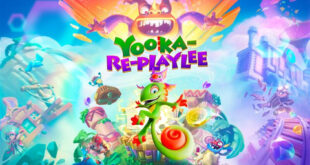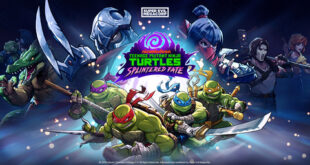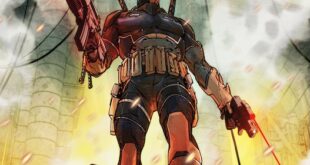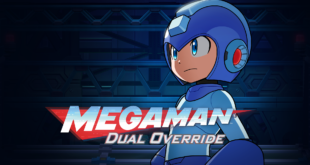The first part of this series, We Are the Future, introduces a number of interesting plot points and possible direction for the rest of Generation Zero to follow. Tight artwork is interwoven with competent writing an an interesting baseline plot to keep readers interested to find what the rest of the series may hold.
An intriguing plot:
When you take a look at the first few pages of the book, it very well may likely seem like some kind of teen X-Men knock off. As of the end of the first issue, though, I can speak confidently that that does not seem to be the case. The major players are introduced early enough so that they don’t feel like afterthoughts tacked on to the plot. There are also certain sequences, especially towards the beginning of the book, that really sell what the book is attempting to sell. Without going much deeper, I can say that the book gives just enough away so that I wish to continue the story immediately. Fans of the genre may have some niche critiques, but overall, I enjoyed the pacing and execution of the first book’s plot reveal.
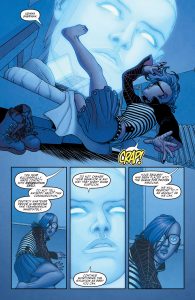 A valid critique that I do have, however, is the storyline’s cookie cutter nature. The book doesn’t do anything surprising with the plot, even if that same plot is well executed and fun. This is something I hope to see develop in future issues of the book.
A valid critique that I do have, however, is the storyline’s cookie cutter nature. The book doesn’t do anything surprising with the plot, even if that same plot is well executed and fun. This is something I hope to see develop in future issues of the book.
Strong, if cliche, writing:
The biggest problem I had with this book in terms of writing is the fact that the book tries to shoehorn pop culture references in at every point it can. This makes a moderate amount of sense when you take into consideration that the plot revolves around a bunch of teenagers in a near-future high school. This loses credibility, however, when you take into account that the book takes place in a near future high school. Therefore, references such as Adele, Donald Trump, and Slenderman tend to lose weight and credibility.
Aside from these shoehorned references, I didn’t have a problem with a lot of the writing. The teenagers felt like they would speak like teenagers and the adults spoke like adults. This just continued with different groups of people, including the preppy school kids, the punk school kids, and finally, the zeroes. Even the protagonist’s younger sibling spoke in a way that made sense for a kid of that age.
If the writing continues in a similar manner in subsequent installments, I would not be disappointed. I just hope that the writers take the opportunity to tone down the pop culture references.
Tight artwork makes the book work:
At risk of sounding as cliche as the pop culture references, I really believe that the book’s artwork acts as the proverbial cherry on top of the sundae. Throughout, I never had any questions about what was being presented. The art style is strong and distinctive. I was not confused about what was portrayed at any point in the book, and if a style is distinctive and clear, that’s good enough for me to recommend it.
Strong introduction
Plot - 85%
Writing - 70%
Artwork - 85%
80%
Fun!
Generation Zero takes what appears to be a prototypical high school superhero story and makes it interesting. This is a great introduction for series.
 BrutalGamer Bringing you Brutally Honest feedback from today's entertainment industry.
BrutalGamer Bringing you Brutally Honest feedback from today's entertainment industry.

